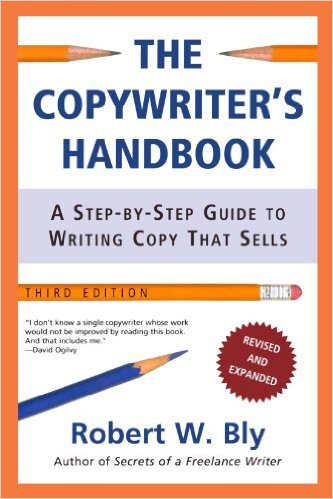In today's digital age, compelling web copy is essential for attracting and engaging online audiences. A well-crafted copy can significantly impact a website's conversion rates, brand reputation, and overall business success. This handbook provides a comprehensive guide to writing persuasive web copy, covering essential principles, techniques, and best practices.
The Copywriter's Handbook: Crafting Persuasive Web Copy
Introduction
In today's digital age, compelling web copy is essential for attracting and engaging online audiences. A well-crafted copy can significantly impact a website's conversion rates, brand reputation, and overall business success. This handbook provides a comprehensive guide to writing persuasive web copy, covering essential principles, techniques, and best practices.
Understanding the Basics of Web Copywriting
1. Know Your Audience:
- Identify Your Target Audience: Clearly define the demographics, interests, and needs of your target audience.
- Understand Their Pain Points and Desires: Empathize with your audience's challenges and aspirations to tailor your messaging.
2. Define Your Goals:
- Set Clear Objectives: Determine what you want to achieve with your web copy, whether it's generating leads, driving sales, or building brand awareness.
- Align Your Copy with Your Goals: Ensure that your copy directly supports your desired outcomes.
3. Craft a Strong Headline:
- Grab Attention: Use strong, action-oriented language to capture readers' interest.
- Be Clear and Concise: Clearly communicate the main benefit or value proposition.
- Use Strong Keywords: Incorporate relevant keywords to improve search engine visibility.
4. Write Persuasive Body Copy:
- Use Clear and Concise Language: Avoid jargon and complex sentence structures.
- Break Up Text with Subheadings and Bullet Points: Improve readability and scannability.
- Use Strong Calls to Action: Encourage readers to take the desired action, such as making a purchase or signing up for a newsletter.
- Tell a Story: Engage readers by weaving a compelling narrative that resonates with their emotions.
5. Optimize for Search Engines:
- Keyword Research: Identify relevant keywords and incorporate them naturally into your copy.
- Meta Descriptions: Write compelling meta descriptions to entice clicks from search engine results pages.
- Header Tags: Use header tags (H1, H2, H3, etc.) to structure your content and improve SEO.
Advanced Web Copywriting Techniques
1. A/B Testing:
- Experiment with Different Versions: Test variations of your copy to identify the most effective approach.
- Analyze Results: Use data-driven insights to optimize your copy.
2. Persuasive Writing Techniques:
- Social Proof: Leverage testimonials and reviews to build credibility.
- Scarcity Principle: Create a sense of urgency by highlighting limited availability or time-sensitive offers.
- Authority Principle: Establish yourself as an expert in your field.
3. Mobile Optimization:
- Write Concise Copy: Adapt your copy for smaller screens.
- Use Clear and Simple Language: Mobile users often have limited attention spans.
References
- Cialdini, R. B. (2001). Influence: The Psychology of Persuasion. HarperCollins.
- Ogilvy, D. (1983). Ogilvy on Advertising. Vintage.
- Halligan, B., & Shah, D. (2021). They Ask, You Answer: How to Master the Art of Digital Marketing and Sales Funnel. HubSpot.
Conclusion
By mastering the art of web copywriting, you can create compelling content that drives results. By following the principles outlined in this handbook and continuously experimenting with new techniques, you can elevate your online presence and achieve your marketing goals. Remember, effective web copy is not just about writing; it's about understanding your audience, crafting persuasive messages, and optimizing for search engines.
